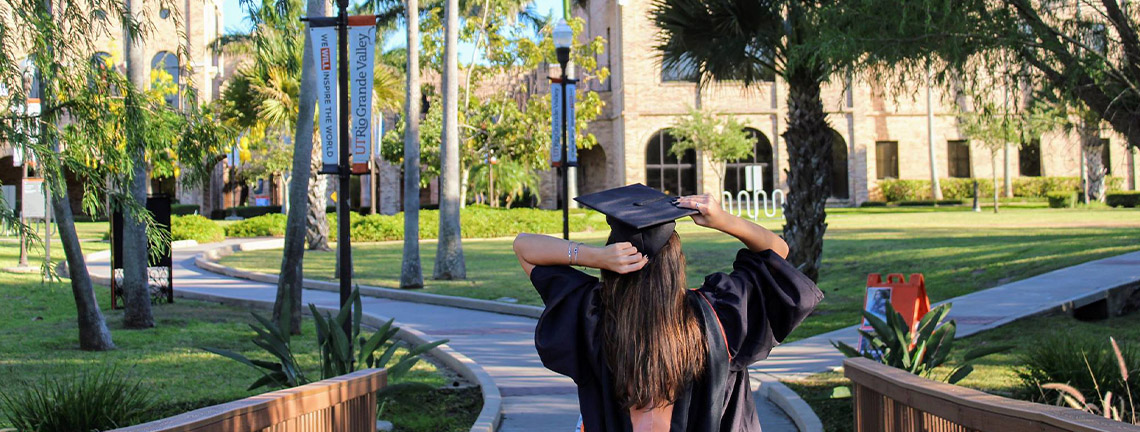
Theses and Dissertations
Date of Award
12-2019
Document Type
Thesis
Degree Name
Master of Science (MS)
Department
Ocean, Coastal, and Earth Sciences
First Advisor
Dr. Carlos E. Cintra-Buenrostro
Second Advisor
Dr. Alejandro Fierro-Cabo
Third Advisor
Dr. Engil Pereira
Abstract
Black mangrove (Avicennia germinans) in south Texas provide ecosystem services and benefits to humans including: habitat for wildlife, prevention of coastline erosion, and mitigation of natural disasters. One step to preserve their ecological functions is to identify and protect the source of their nitrogen (N). Nitrogen stable isotopes were sampled for one year beginning August 2018 and used as tracers to identify how mangroves obtain N. Total N in (A. germinans) and associated (Batis maritima) (plants) (2.1%) was more abundant than in cyanobacteria (0.6%) and sediment (0.1%). Plant d15N signatures (5.52‰) were more similar to sediment (5.21‰) than cyanobacteria (1.98‰), suggesting A. germinans obtain N from sediment and/or plants and sediment obtain N from sources other than cyanobacteria. Nutrient content indicates that seedlings growing in (B. maritima) vegetation patches are more similar to adult mangroves, suggesting vegetation is beneficial to young mangroves and should be considered in transplanting events.
Recommended Citation
Murphy, Ashley Elizabeth, "Identifying the N Sources for Black Mangrove (Avicennia germinans) in a South Texas Mangrove Forest" (2019). Theses and Dissertations. 554.
https://scholarworks.utrgv.edu/etd/554
Included in
Environmental Sciences Commons, Oceanography and Atmospheric Sciences and Meteorology Commons


Comments
Copyright 2019 Ashley Elizabeth Murphy. All Rights Reserved.
https://go.openathens.net/redirector/utrgv.edu?url=https://www.proquest.com/dissertations-theses/identifying-n-sources-black-mangrove-em-avicennia/docview/2382577546/se-2?accountid=7119